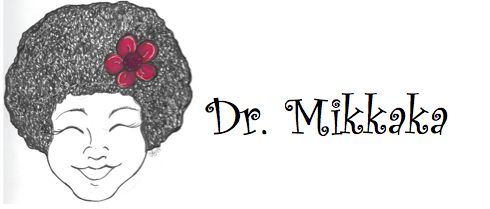Thursday Thought: Small Steps, Big Impact
In Monday’s blog post, I talked about taking baby steps to improve classroom practice and become a more culturally responsive teacher. Today, I’d like to share an example in which I witnessed a teacher try just one new unit. She had engaged in a summer professional learning experience centered on literacy and culture and then I observed in her classroom in the fall. I shared what I noticed in my observations with her and interviewed her about her teaching. Below is an excerpt from an article I’m writing about our time together.
During our interviews, Lilly repeatedly highlighted her materials as an area of concern. She supplemented her instruction with online texts from Reading A-Z (readinga-z.com) and informed me that her school would be buying her a subscription to the website, as well as an additional set of guided reading texts. After engaging with diverse texts and topics during the summer professional learning, she began to think more critically about the materials she used. Though she recognized that there were issues with the texts, she struggled with the difficulties of obtaining resources:
It’s interesting that you mention that the character Meg is a white girl. After taking the Cultural Literacy class this summer, I began to evaluate our guided reading book systems. We have 2 guided reading systems in our classrooms (Fountas and Pinnell, Leveled Literacy). I have used them for 4 years now and I know the various books VERY well. I can only thing of ONE book that contains a character that is of a different race than white. Interesting. Guided reading books are tough to find though because they must be leveled for the various groups… The biggest “reflection piece” at this point is evaluating the books I have in my classroom. Could it be that some of our readers are struggling to make progress because the leveled books we are using in instruction are so culturally irrelevant? Do they not have the background knowledge needed to make connections? What guided reading systems are out there that have more culturally diverse characters? This would be something to research. Then of course that would cost money. (Lilly Nichols, Observation Reflection)
Despite these limitations, Lilly taught a unit she designed during the summer course. According to Lilly, it was the first time she had considered the students’ cultures when planning instruction. During the unit, the class explored multicultural variations of the Cinderella story. They compared and contrasted the stories, studied the countries they hailed from, and wrote about what they learned. The results were exciting:
I was amazed at- I gave them a Venn diagram to compare two of the stories and both of us were amazed at the- just the… for a six and seven year old to be able to compare and contrast that’s a hard skill and they were incredible at it. And they did it independently. And, you know, I think that goes to show that they were- you know, they were- the texts were meaningful to them. (Lilly Nichols, Interview)
The students, too, seemed to find value in the unit. They not only performed academically, but appeared to benefit socially and emotionally:
They have been absolutely enthralled. Because they’re- you know they’re- we read books from Emmanuel’s culture and Nameera’s culture and they’re just- you know and Nameera even told me like three times that day… she told me like five times that she loved the book, okay? And then the next day even though she’s not of the age yet she wore her- her head wrap? You know, I’m wondering if she was just, you know, very proud… I asked her and she said “well, I don’t have to wear it until I’m eight”.
In writing right now we’re writing an opinion piece. And they get to choose which country [from the Cinderella unit] they want to go to and then they get to choose reasons for why they want to go. And talking about enriching our classroom community–so Nameera speaks Arabic. She wanted to travel to Egypt because in Egypt she can talk to the people in Arabic. Well, two other girls in our class [laughs] this is so cute. One of their reasons was that they wanted to go to Egypt to listen to Nameera speak Arabic to the people [laughter]… That’s such a good example. They’re truly valuing, you know, what she can do. (Lilly Nichols, Interview)
In the same interview, Lilly talked about how she had not been able to do as many things from the summer course as she planned due to being “so bound by the common core standards”. However, when asked if she had managed to meet standards during the Cinderella unit she responded that they not only met multiple standards, but performed above what she had previously seen first graders do. She added, “It was effective and they were so captivated.”
